The remarkable resurgence the Russian economy has experienced since Vladimir Putin’s invasion of Ukraine is losing momentum. Where Putin could once boast about 4.3 percent growth rates for two years in a row – thumbing his nose at Western sanctions with all the aplomb of a man who’d discovered alchemy – the numbers now tell a somewhat different story. The party, as they say, is over – and the time to crank up sanctions against Moscow has come.
For two years running, Putin’s propagandists have crowed about Russia’s economic vitality as proof that Western sanctions were about as effective as a chocolate teapot. The economy’s steroid-fueled growth, pumped up by hefty fiscal spending, facilitated the steepest rise in household incomes for nearly two decades. It pushed production and labor capabilities to the limit and propelled inflation into double digits, which the Central Bank tried to tame with a historically high record base rate.
Now, though, the overheating Russian economy is finally starting to cool down. In the first quarter of this year, GDP growth crawled to a relatively anaemic 1.4 percent year on year – the weakest performance in more than two years. Compared to the previous quarter, business activity between January and March contracted by 1.2 percent, and all indicators suggest further decline lies ahead.
One thing the Kremlin certainly won’t do is introduce austerity
Even the manufacturing sector, which had been recording double-digit growth with the enthusiasm of a Soviet five-year plan, has slumped to a mere 3 percent growth in April – its lowest ebb since March 2023 – and to 2 percent growth year-on-year in May. This is particularly telling, since manufacturing encompasses everything from the tanks to the boots which Putin’s war machine devours.
The buyer – the Russian state – hasn’t stopped spending. Indeed, government expenditure remains higher than pre-invasion levels, with roughly half of the additional spending in the first quarter channelled toward military purposes. Yet warning signs in the budget are beginning to flash.
May’s fiscal deficit increased by 200 billion roubles ($2.5 billion) since the start of the year, reaching 3.4 trillion roubles ($43.3 billion) – some 1.5 percent of GDP. Amid declining global oil prices, hydrocarbon revenues – a perennial Russian crutch – have tumbled 14.4 percent in the first five months of the year, with May alone witnessing a precipitous 35 percent decline.
The government can finance the shortage in oil revenues through its rainy day fund, the so-called National Welfare Fund. This fund, designed to mitigate any decline in oil revenue, contains the cash equivalent to 1.3 percent of GDP. This amount is set to increase by a further third in the coming months due to additional revenue from last year which has yet to be transferred.
This buffer may last a year, slightly longer, depending on oil prices and the Kremlin’s continued appetite for spending. However, the danger to the fiscal balance is not limited to oil prices. With economic activity slowing, the budget will receive less tax revenue from sales and corporate profits. The government’s initial budget deficit target for 2025, set at 0.5 percent, has been revised to 1.7 percent, still relatively low compared to that of, say, the UK. As such, to finance the deficit, the government can borrow domestically, albeit at a high interest rate.
One thing the Kremlin certainly won’t do is introduce austerity. Instead of prudent belt-tightening, something far more ominous will follow: the inexorable militarization of the Russian economy. Even if the war in Ukraine were to end tomorrow – a prospect about as likely as Putin taking up flower arranging – Russia’s militarization would continue apace. The army would need to replenish its depleted arsenal, and Moscow’s economic planners have also convinced themselves that weapons manufacturing represents the golden path to prosperity.
With demand for military goods remaining robust while overall output contracts, the arithmetic is brutally simple: the defense industry’s share of the economy will grow by default. Combined with Putin’s apocalyptic worldview and his circle’s conviction that Russia faces an existential threat, this suggests a rather grim future for anything resembling a normal economy. It’s a pattern hauntingly reminiscent of the 1980s, when the Soviet Union’s economic decline coincided with an inability to reduce military spending. We all know how that particular experiment ended.
This is where the effect of sanctions may become more visible. A tightening of restrictions on Russian oil and other exports would increase the cost of Russian oil sales, enabling its buyers, notably China, to negotiate a wider discount. A faster depletion of the National Welfare Fund, which is also used to smooth the volatility of the rouble, would make exchange rate swings even less predictable.
A more rigorous sanctions regime against technological imports and the banking system would increase prices, reduce productivity and dent corporate profits, thus putting more pressure on the budget and inflation. Smart moves to encourage capital outflow and brain drain would damage the labor market and investments, also pushing inflation up.
Just as in the Soviet era, it is during such times of hardship that outside economic pressure would have a more visible effect. The Russian economy is exhausting its two-year-long fever dream, built on public spending and a mortgaged future. Those with the power to engineer further sanctions against Moscow should sharpen their economic weapons and strike Putin’s economy while it’s weak.



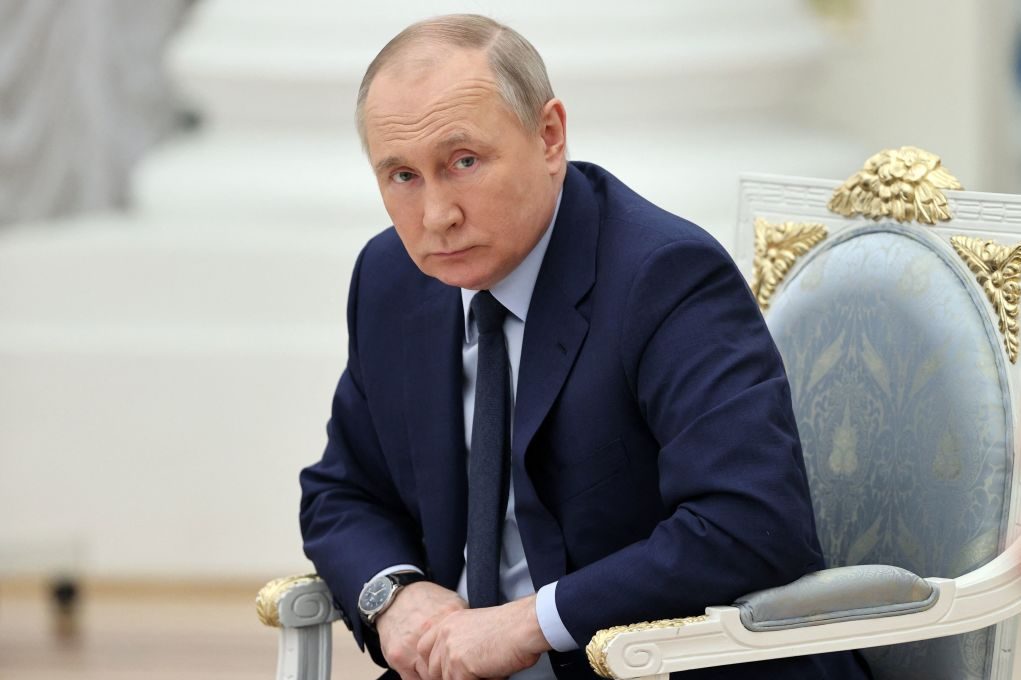






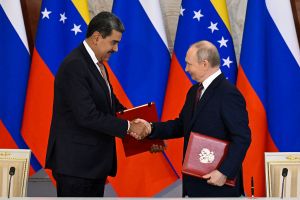

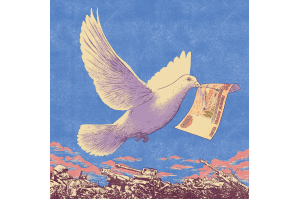
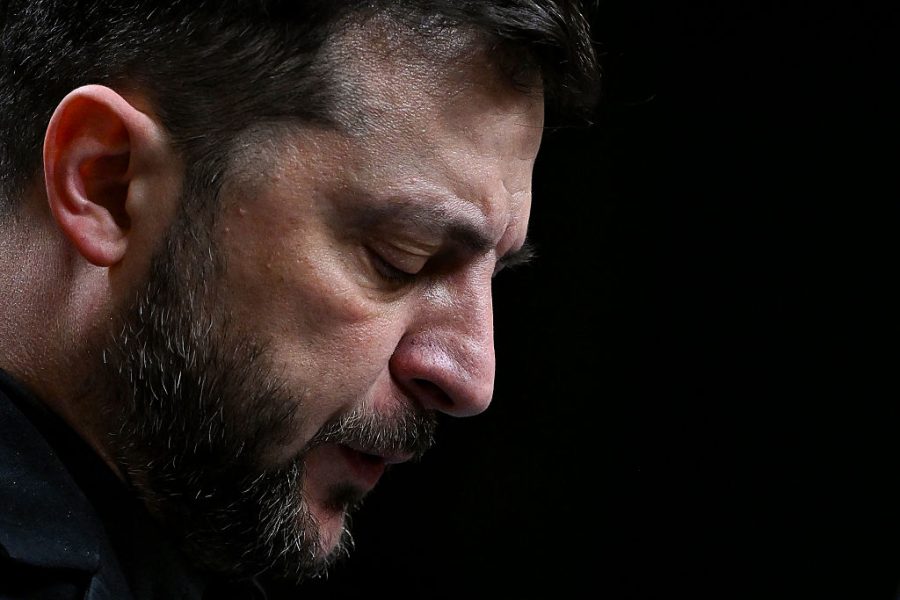
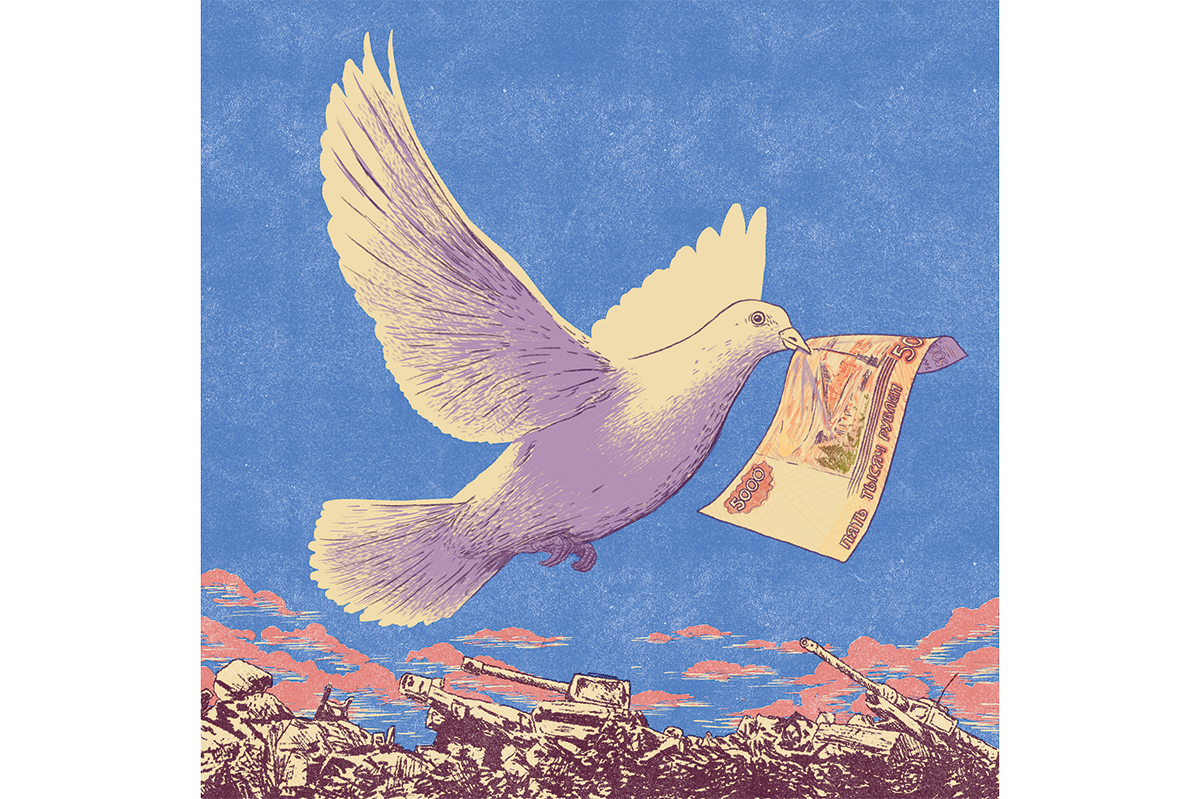
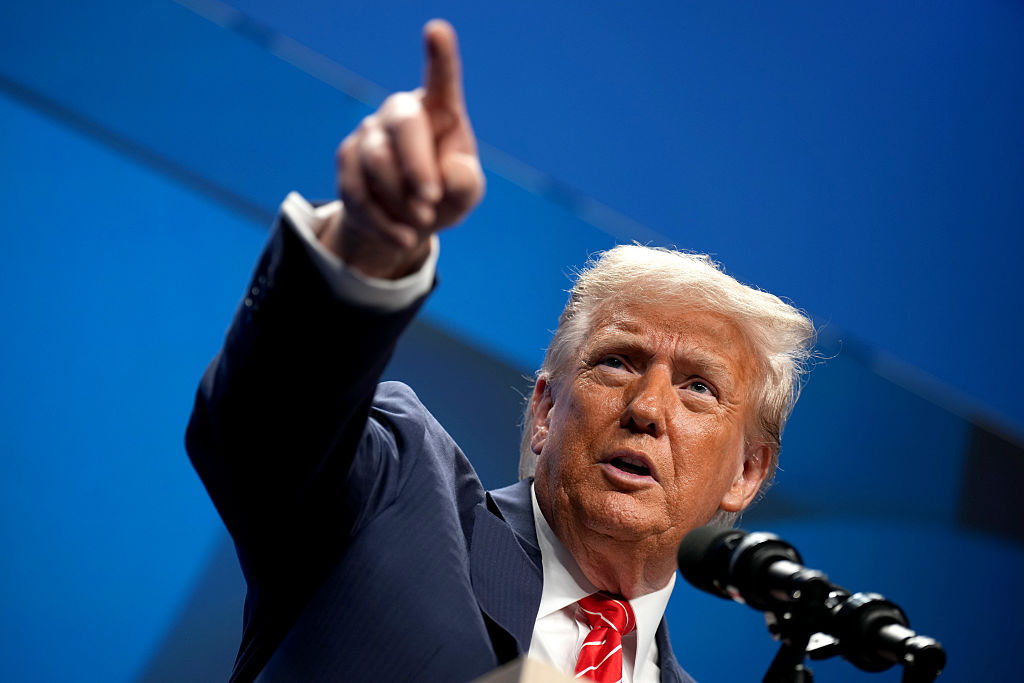
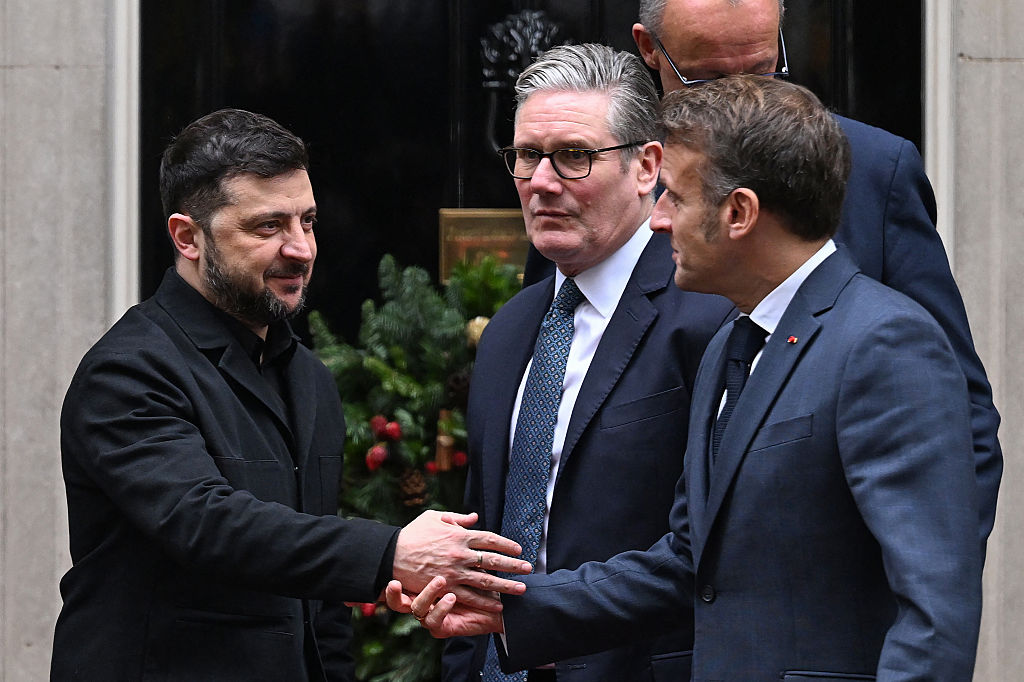
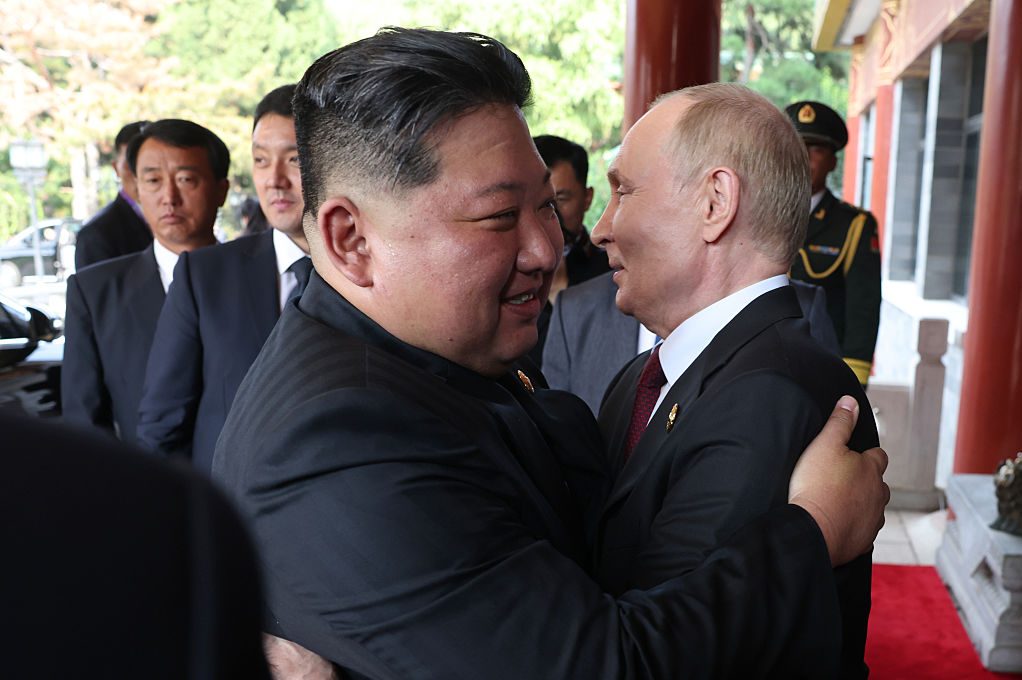
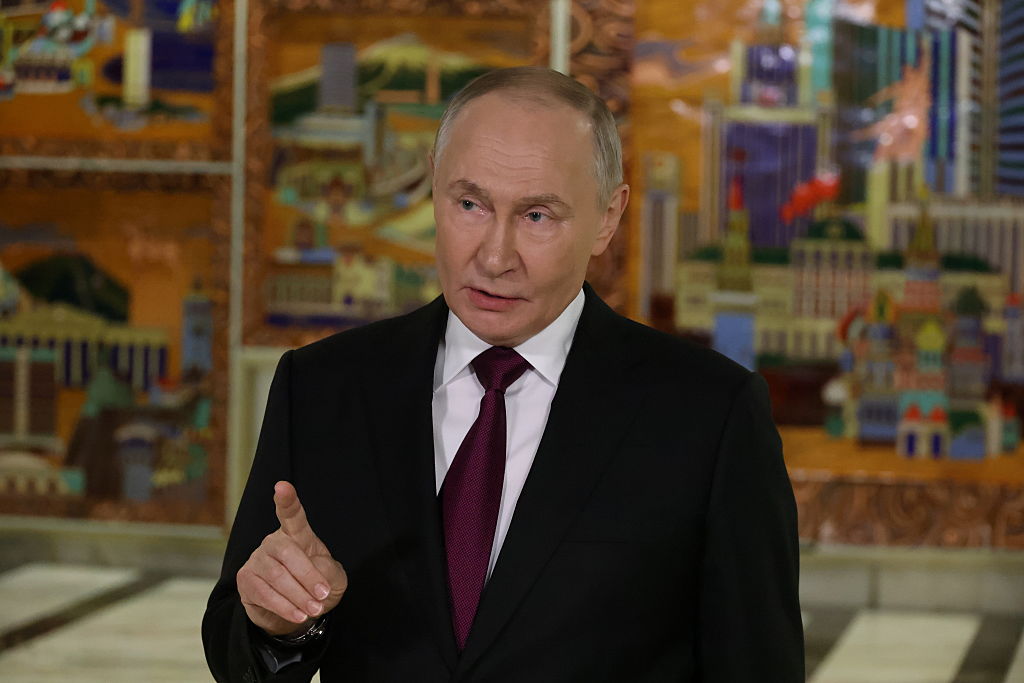





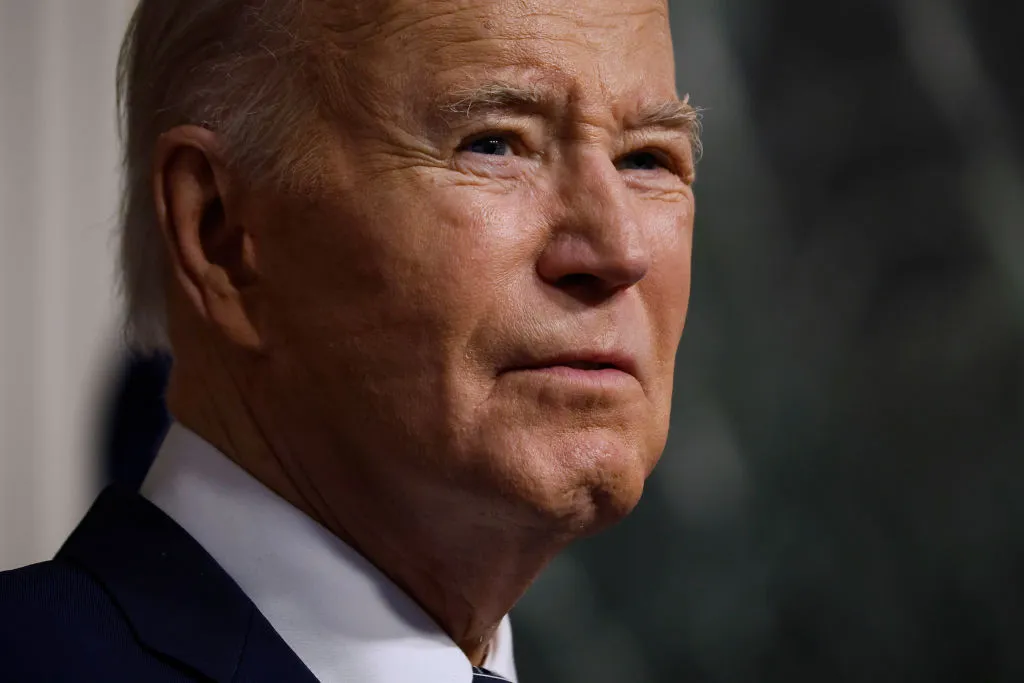

Leave a Reply